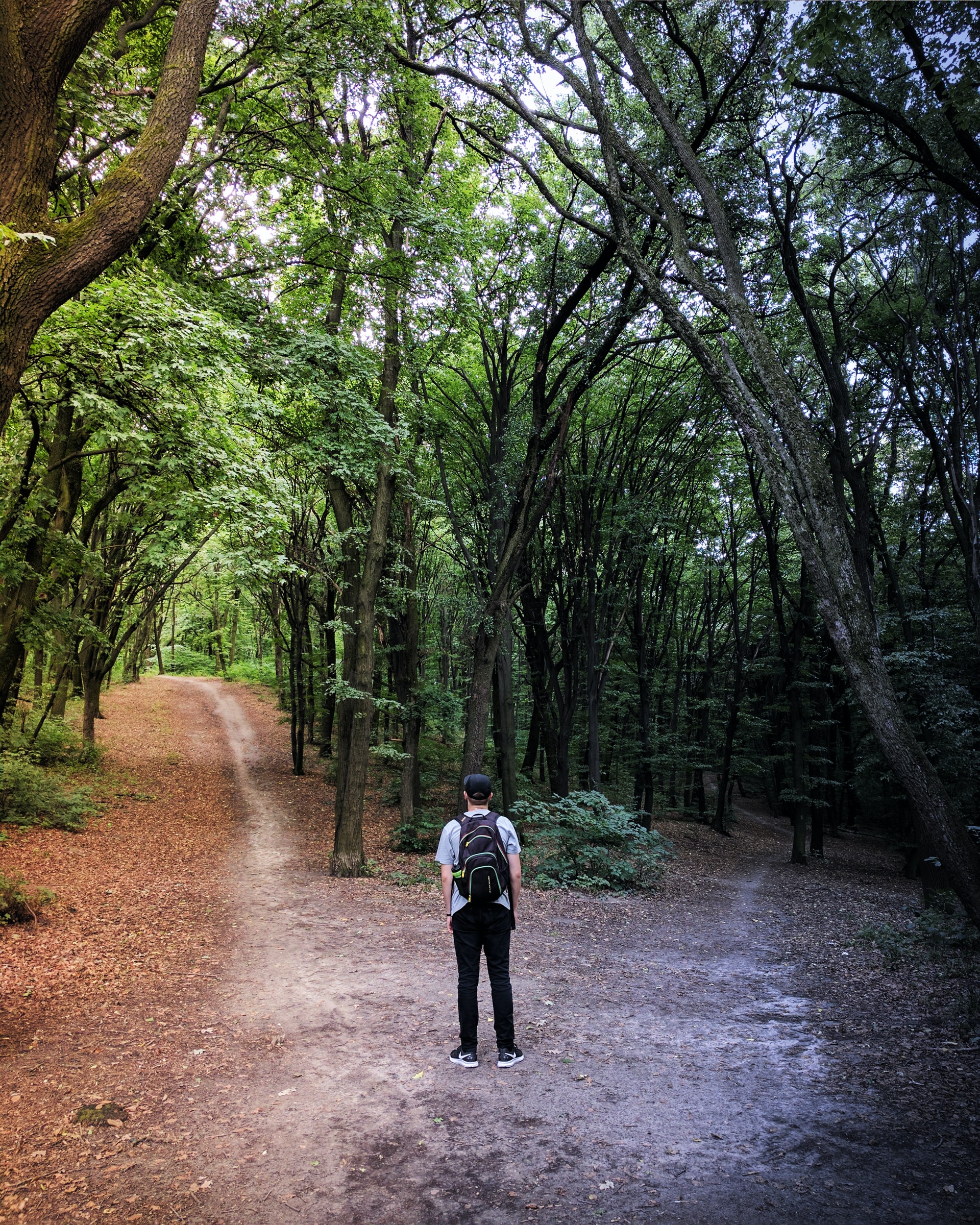decisions and the search-inference framework
Written on

Hello everyone, welcome to my first blog entry!
This blog will be about all things related to effective decision making.
I'm going to start with simpler approaches or models that don't take very much time and build up to the more sophisticated ones.
A common theme will be that looking at a decision through as many lenses as possible, given our time constraints, is extremely useful; in this first post I want to explain why that is.
Making decisions is a kind of thinking, and one of my favorite models describing how thinking works is the search-inference framework. As applied to decision making, it says that thinking has three stages:
(1) We generate a space of possible actions or vantage points
(2) By using the evidence currently available to us, and in light of our goals, we evaluate the strength of each possibility
(3) We choose, or infer, the strongest possibility
The most common mistakes in thinking can be traced to failing at step (1) or (2). For step (1), the common failure is not generating a rich enough space of possibilities; for step (2), it's not weighing the evidence for each possibility fairly. I'll talk about this second way of failing in later posts.
Viewing a decision through multiple lenses or models is a way of lowering the probability that we fail at step (1): Each model gives us a different way of viewing the decision we want to make.
Very often, different models will tell us to take different courses of action. It might seem like this is a problem, but in reality it's a strength. Instead of hoping that all models will give the same answer, what we'll do is try to understand why the different approaches give the answers that they do; in so doing, it will usually become clearer which choice we ultimately want to make.
You can think of asking models what they "think" just as you would ask your friends what they think. Your friends might give conflicting answers, and that's a good thing! You are definitely expanding the space of possibilities to consider when that happens.